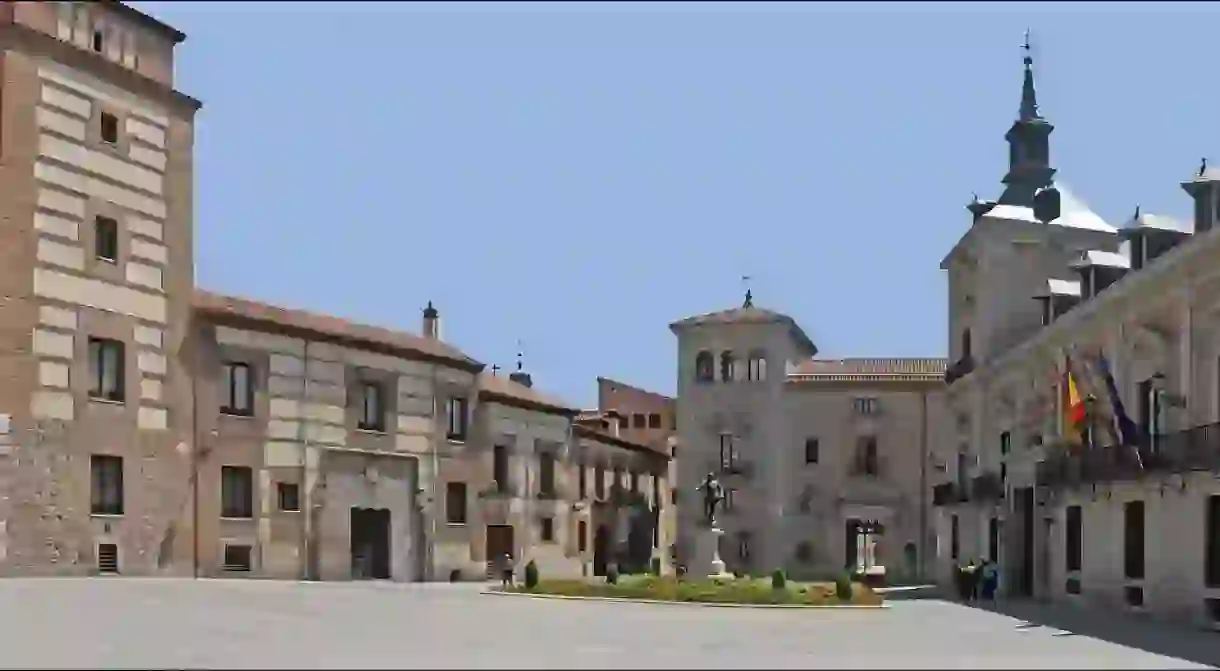The History Of The Plaza De La Villa In Madrid In 1 Minute

Located in the heart of the Spanish capital Madrid, the Plaza de la Villa is one of the oldest squares in the city and dates back to at least the time of the Middle-Ages. Admired for its period architecture, it is home to a number of notable buildings which today attract large numbers of visitors owing to their historic and architectural value.
The precise origin of the square is unknown, but from as far back as the early Middle Ages there is evidence of the area being an important urban hub. It is located at more or less equal distance from two of the city’s main points of access during Medieval times, the Puerta de Guadalajara and the Puerta de la Vega, making it a perfect central meeting point for trade and public gatherings. Originally the square was known as the Plaza de San Salvador, in homage to the church which once stood nearby, but its name was changed to the Plaza de la Villa in the 15th century.

In addition to its long history as an important hub for social, cultural and economic activity in the city, the square is popular among visitors today thanks to the many historic buildings which are located around it. Three of them are particularly noteworthy: Casa y Torre de los Lujanes, Casa de Cisneros and Casa de la Villa. The Casa y Torre de los Lujanes is a 15th-century building notable for its blend of Gothic and Mudéjar styles, typical Spanish architecture at the time. The second building, the Casa de Cisneros dates back to the year 1537 and is an outstanding example of what is known as ‘Plateresque’ architecture, a unique blend of Gothic, Mudéjar and Renaissance styles exclusive to Spain. Finally, the Casa de la Villa is a late 17th-century building which was the home of the local government of Madrid, the Ayuntamiento, until 2008.













